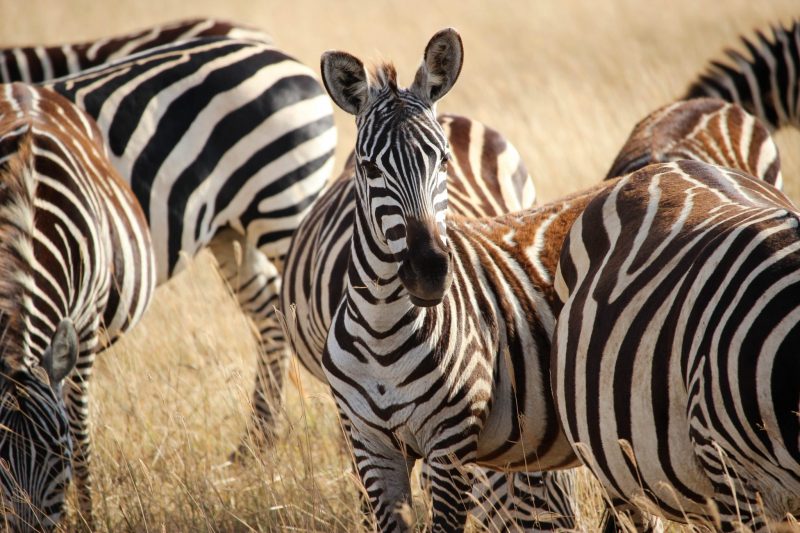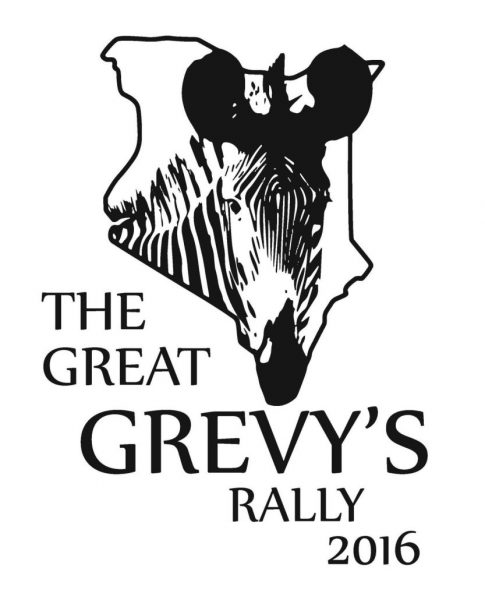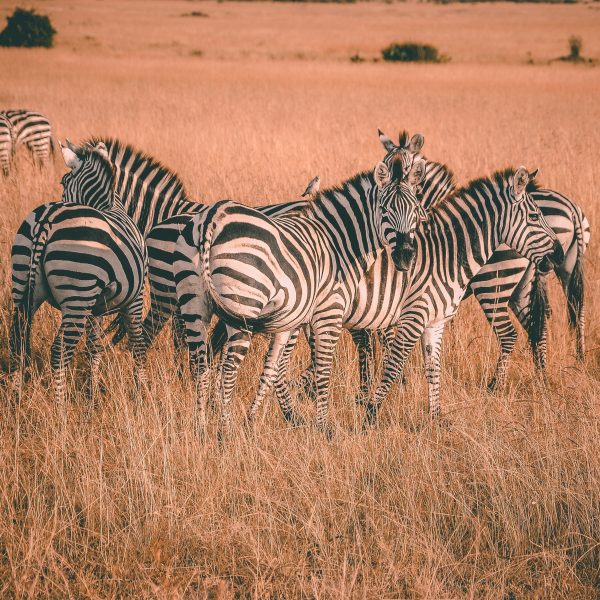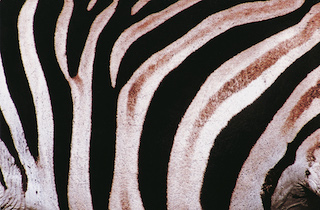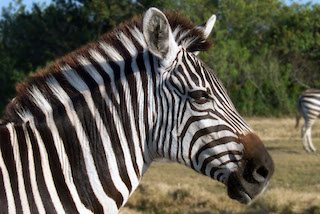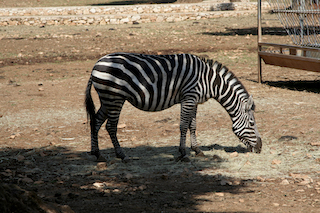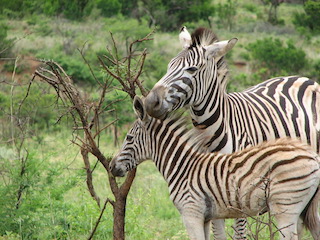Comprehensive Grevy’s Zebra S Census
Grevy’s Zebra, the world’s rarest zebra and the most beautiful of them all, can be easily distinguished by its black and white stripes. It once occurred in western Somalia, southern Ethiopia and northern Kenya. But not anymore, at least for Somalia and Ethiopia. Today it inhabits only the northern part of Kenya. Sometimes you find them grazing side by side with the cattle. You can also see them with a herd of antelopes because they feel secure and protected in a group.
In the 1970s, there were around 15,000 of Grevy’s zebras in Kenya alone. But since then no one knew how many existed. In the olden days, counting was done from the air. But it is hard to get the counting from aerial surveys. This is because zebras like to shade under trees to avoid the heat of the day. Hence, counting them was always a challenge. It needed a mass effort on the ground.
First census ever
30th and 31st of January 2016 saw the carrying out of an arduous task. For the first time Kenya did a citizen science-based census of Grevy’s zebras, a species of zebra s found nowhere else in the world. The great Grevy’s rally was its name. The Laikipia wildlife forum and the Grevy’s zebra trust spearheaded it. Among many others, the main team involved were Lewa, Kenya Wildlife Service, Northern rangelands trust and community conservancies, Marwell wildlife, county governments of Laikipia, Princeton University, and the Isiolo, Marsabit, and Meru counties.
Unusual census participants
For this event, rangers, conservationists, government representatives, corporates and communities including citizen scientists came together to collect data of Grevy’s zebras. One hundred and eighteen teams of around 500 people in total took photographs of these animals across Laikipia, Isiolo, Marsabit and Samburu counties. Driving through the dusty roads ranging 25,000 km2 for 2 days, they took around 40,000 images of geo-tagged Grevy’s zebras. They chose the right-hand side of the zebras.
Princeton University contribution
The survey used advanced means to gather data. The Princeton University team checked the profiles for sexing and ageing. The team then used its software to match them based on hotspots from their unique stripe patterns. In this way, they were able to beat the census challenge yielding a more accurate guess.
Accurate census results
On the 3rd of September 2016 at the Great Grevy’s ball in Nanyuki the results was released. With a margin of error of 93, the results suggest that there are approximately 2,350 of this rare species of zebras in Kenya. That is 90% of the world’s population of Grevy’s zebras.
Stable population health
In addition to the size, they also assessed the health of the populace by finding out their sex structure and age. By and large, the Grevy’s population is stable except in Meru due to a large number of predators especially the lion population in Lewa Wildlife Conservancy. The greatest proportion resides in Laikipia, an ecosystem in northern Kenya. Encouragingly, the populations in Samburu were shown to be growing too with Isiolo and Marsabit not far behind. It was the most precise estimate the Grevy’s has ever seen.
Grevy conservation efforts
The census followed a meeting of the participants including The Princeton University team, local ranchers, citizens, scientists, and conservationists. A discussion ensued about the human intervention needed to conserve the Grevy’s zebra. They also took the resident’s viewpoints into consideration. All of them are now using the data collected from the survey to shape conservation strategies and to prioritize future conservation actions.
Managing population growth
The challenge now is to let the populations grow by ensuring the efficient management of optimal conditions that will allow for Grevy’s zebra population growth. For example, the most crucial threat here is the loss of habitat. Putting measures in place to restore the grasslands in a way that would allow both the wild animals and the livestock to cohabit can mitigate that loss.
Managing water access
Droughts are rampant in the parks and conservancies of northern Kenya because rainfalls are unpredictable. During droughts, water is scarce. So, there is constant competition for the available water between the animals and livestock. Often droughts have been the reason for the hostility between the cattle herders and Rangers. The stakeholders that attended the workshop strongly recommended wisely and sensitively managing access to water resources benefitting communities as well as wildlife.
Managing degraded land
Financial resources were also pledged to reinvigorate degraded land. Additionally, devolution, the development of organizations and community conservancies, will help to facilitate rangeland recovery. Careful infrastructure planning is required to allow communities and wildlife to continue to live safely and sustainably. They also addressed the huge lion predation rates.
Zebras crossing forward
The Grevy’s Zebra census conducted was one of its kind. It was a culmination of unique partnerships, all of them having a vested interest in protecting the magnificent and beautiful animal. And they graciously gave their time voluntarily. Participants demonstrated goodwill to diligently carry out the conservation action points discussed at the workshop. The idea is to run three consecutive censuses with the intention of getting more people of the public at large and constituencies out there. Hopefully, they would be able to maintain the momentum and the motivation of this collaborative effort.
5 Frequently Asked Questions About The Beauty Of Zebra

